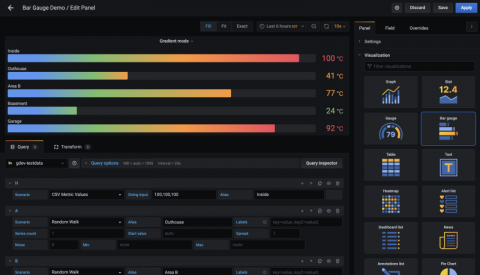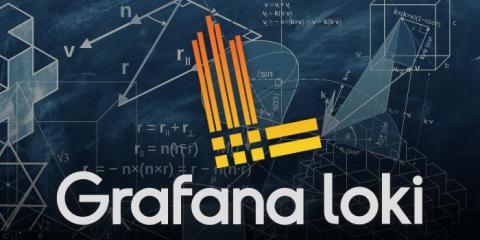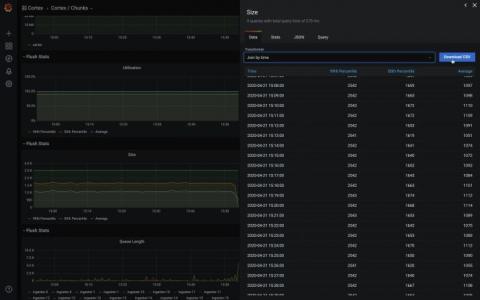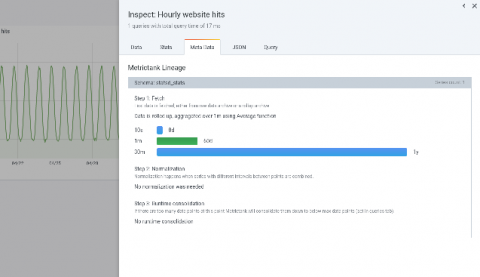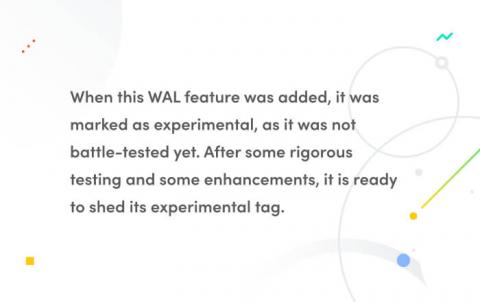Grafana v7.0 released: New plugin architecture, visualizations, transformations, native trace support, and more
We are thrilled to announce that Grafana 7.0 has been released for general availability. Join us as Torkel Ödegaard, the creator of Grafana, hosts a full demo of 7.0 during GrafanaCONline today. With Grafana v7.0, our goal was to extend on the Grafana platform by making it easier and more consistent for existing users, and intuitive and simple for those not familiar with Grafana.


